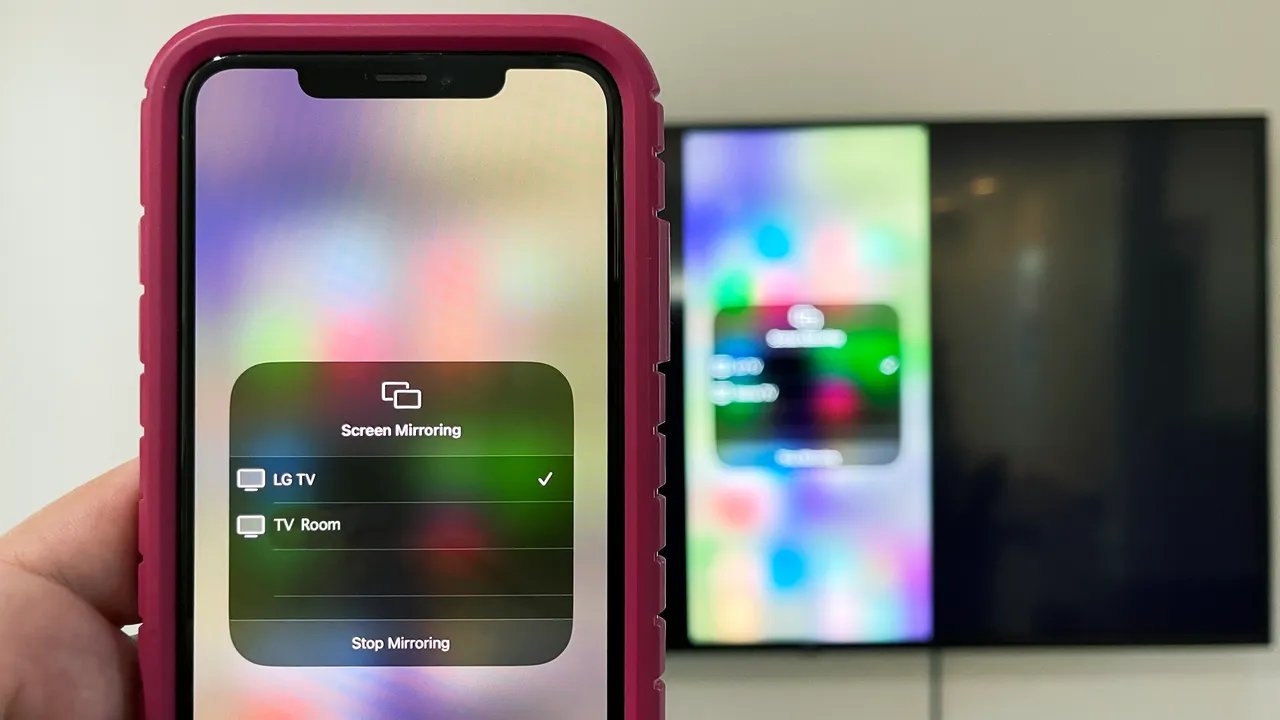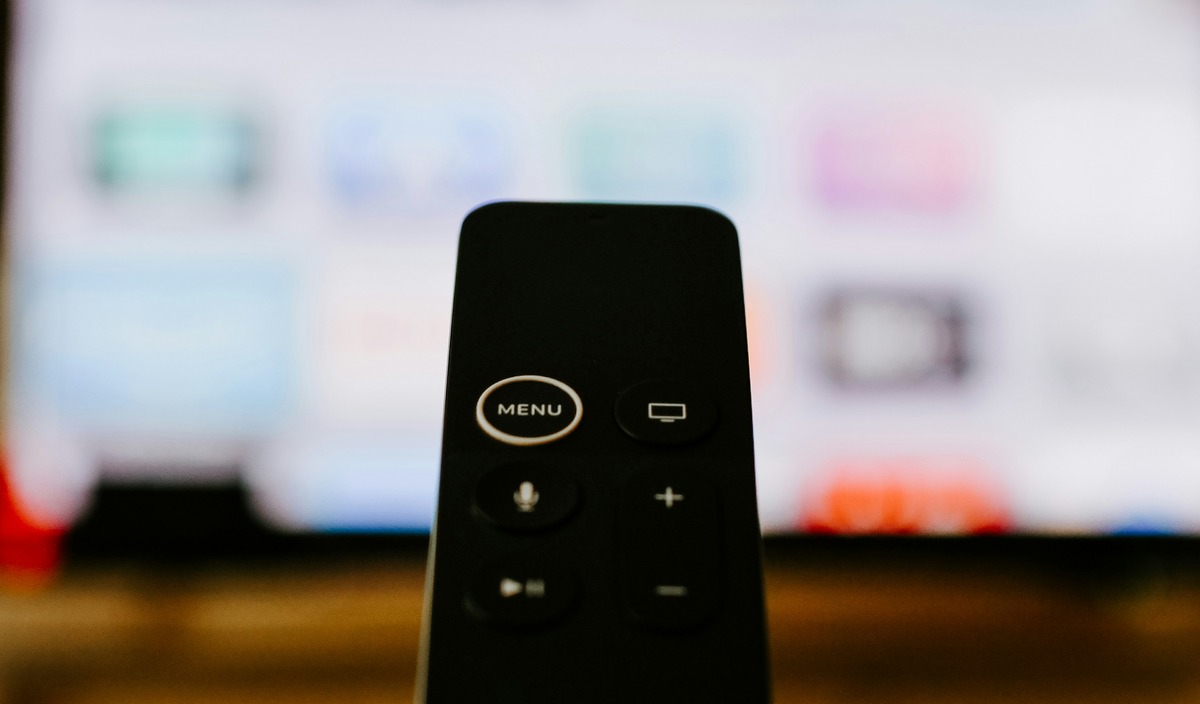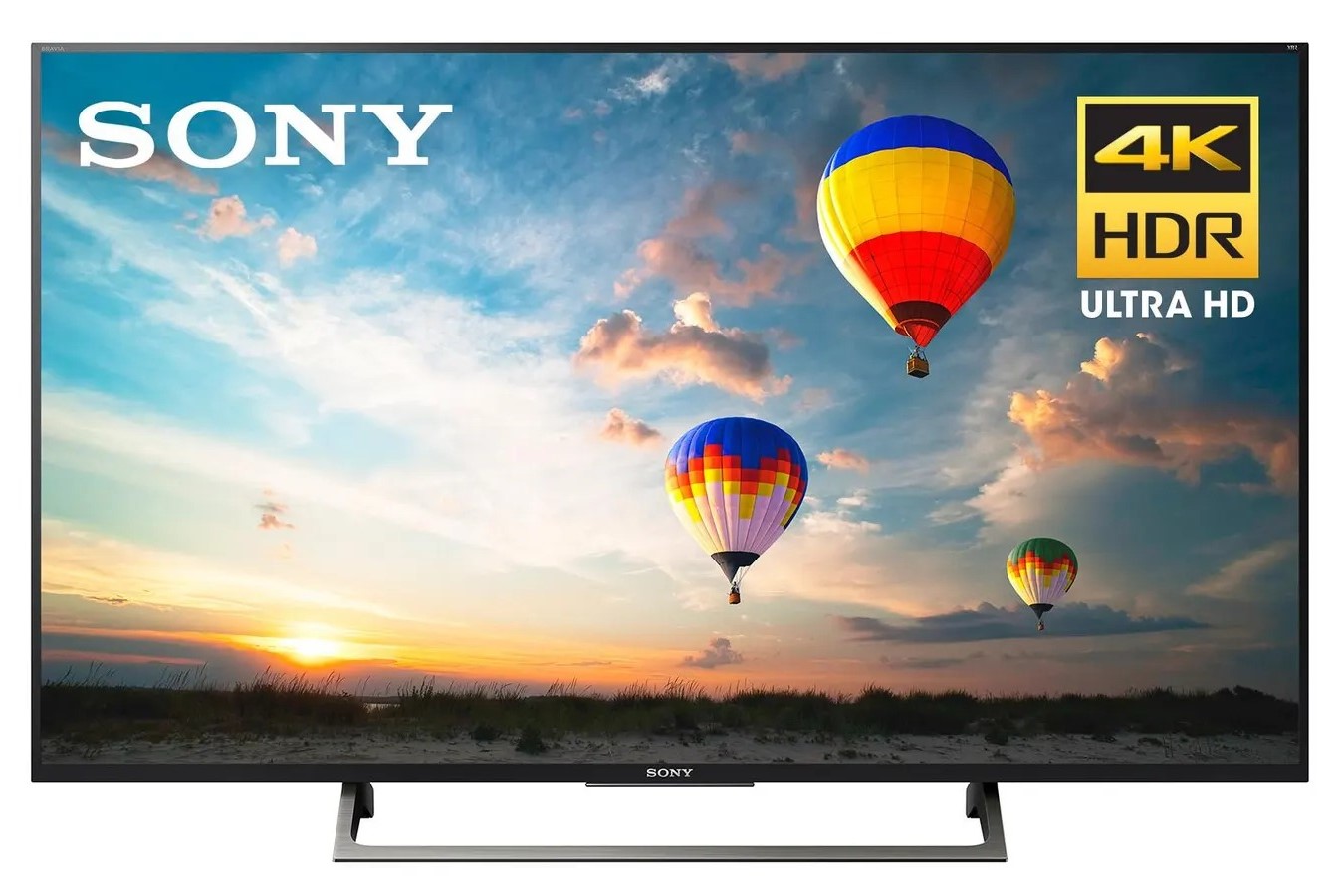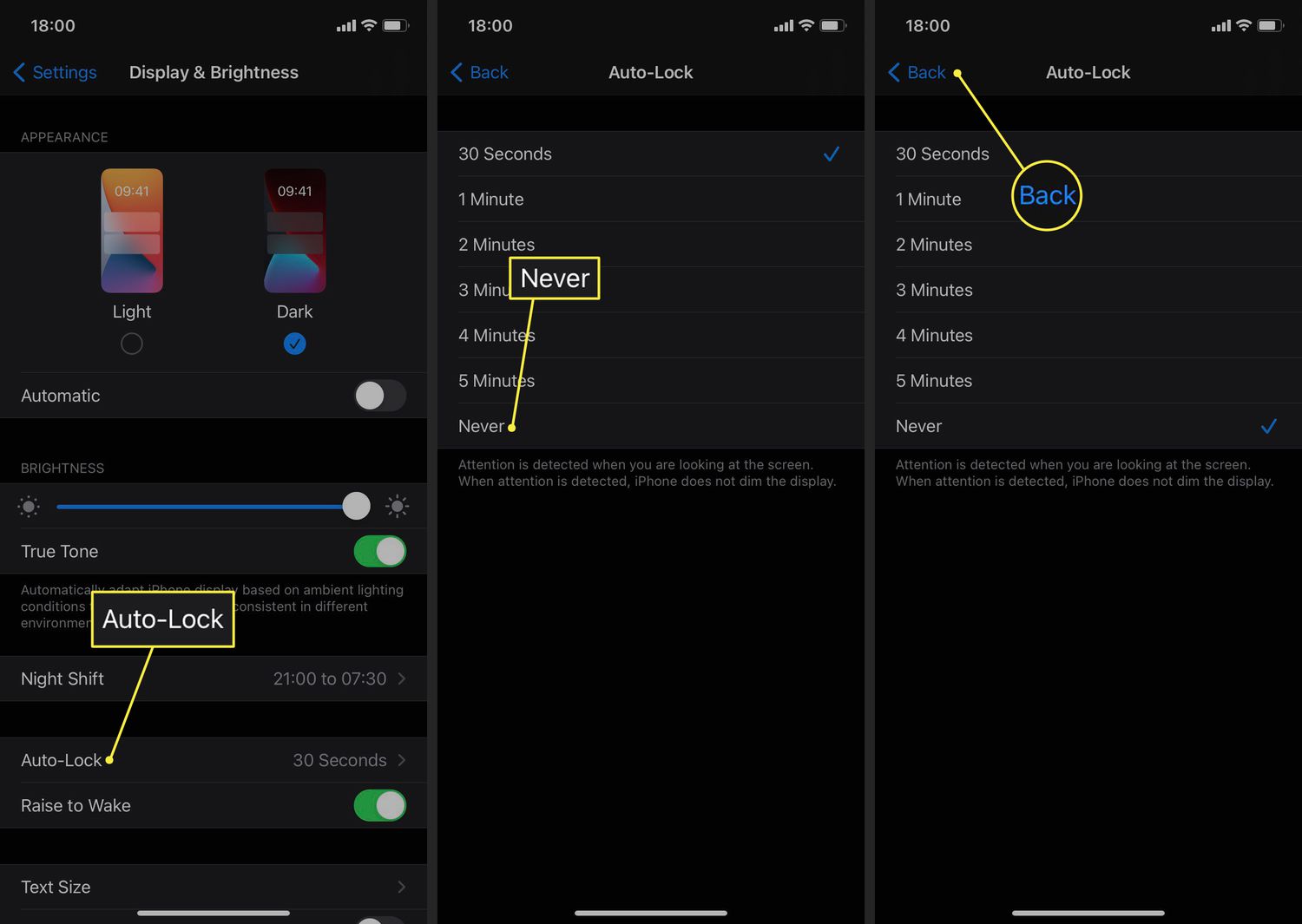Home>Technology and Computers>The Surprising Reason Behind LED TV Screen Flicker And How To Fix It


Technology and Computers
The Surprising Reason Behind LED TV Screen Flicker And How To Fix It
Published: February 5, 2024
Discover the surprising reason behind LED TV screen flicker and learn effective solutions to fix it. Explore the latest technology and computer tips to enhance your viewing experience.
(Many of the links in this article redirect to a specific reviewed product. Your purchase of these products through affiliate links helps to generate commission for Noodls.com, at no extra cost. Learn more)
Table of Contents
Introduction
LED TVs have revolutionized the way we experience entertainment, offering vibrant colors, sharp images, and energy efficiency. However, have you ever noticed an annoying flicker on your LED TV screen? This phenomenon, known as screen flicker, can disrupt your viewing experience and leave you wondering about its cause and potential solutions.
In this article, we'll delve into the surprising reason behind LED TV screen flicker and explore effective methods to fix this issue. Understanding the underlying factors contributing to screen flicker is crucial for troubleshooting and resolving this common problem. Whether you're a tech enthusiast, a casual viewer, or someone troubled by LED TV screen flicker, this comprehensive guide will equip you with valuable insights and practical solutions.
Let's embark on a journey to unravel the mystery of LED TV screen flicker and discover the steps to restore your viewing pleasure.
Read more: How To Clean An LG TV Screen
Understanding LED TV Screen Flicker
LED TV screen flicker refers to the noticeable, rapid fluctuation in brightness that occurs on the display. This phenomenon can manifest as a subtle, almost imperceptible pulsating effect or as a more pronounced, distracting flicker. While screen flicker can be frustrating for viewers, understanding its underlying causes is essential for effective troubleshooting and resolution.
Several factors can contribute to LED TV screen flicker. One common cause is the refresh rate of the display. The refresh rate, measured in hertz (Hz), indicates how many times per second the screen updates with new images. A low refresh rate can result in visible flicker, particularly when viewing fast-paced content such as action movies or sports events. Additionally, variations in the refresh rate between the TV and the video source can lead to screen flicker.
Another factor to consider is the presence of backlight dimming. LED TVs utilize backlighting to illuminate the display, and certain models employ a technique called local dimming to enhance contrast and black levels. However, rapid adjustments in backlight intensity, especially during scene transitions or changes in overall brightness, can contribute to perceptible screen flicker.
Furthermore, power supply issues can play a role in LED TV screen flicker. Fluctuations in electrical current, voltage irregularities, or inadequate grounding can impact the stability of the display, leading to flickering episodes. Additionally, electromagnetic interference from nearby electronic devices or poor signal transmission can introduce disruptive visual artifacts, including screen flicker.
It's important to note that individual sensitivity to screen flicker varies among viewers. While some individuals may be highly sensitive to even minor flicker, others may not perceive it as readily. Nonetheless, persistent screen flicker can cause discomfort and eyestrain, making it a concern for prolonged viewing sessions.
By gaining a deeper understanding of the factors contributing to LED TV screen flicker, viewers can better assess and address this issue. In the following sections, we will explore the surprising reason behind LED TV screen flicker and provide actionable solutions to mitigate and resolve this common problem.
The Surprising Reason Behind LED TV Screen Flicker
The surprising reason behind LED TV screen flicker can be attributed to the technology used in many modern televisions. While LED TVs offer exceptional picture quality and energy efficiency, they are susceptible to a phenomenon known as Pulse Width Modulation (PWM). This technology, employed in LED displays to control brightness levels, inadvertently contributes to screen flicker and can catch viewers off guard.
PWM operates by rapidly cycling the LED backlight on and off, adjusting the duration of each cycle to regulate the perceived brightness. While this technique effectively controls luminance, it can lead to noticeable flicker, especially at lower brightness settings. The flicker occurs due to the rapid pulsing of the backlight, which becomes perceptible to the human eye and can disrupt the viewing experience.
The surprising aspect of PWM-induced screen flicker lies in its prevalence across a wide range of LED TVs, including models from reputable manufacturers. This means that even premium LED TVs may exhibit flicker under certain conditions, highlighting the pervasive nature of this issue.
Furthermore, the impact of PWM-induced flicker can vary based on individual sensitivity and environmental factors. Some viewers may be more susceptible to noticing the flicker, particularly in dimly lit rooms or during extended viewing sessions. The presence of PWM-induced flicker underscores the importance of understanding the underlying technology and its implications for visual comfort and overall viewing satisfaction.
By shedding light on the surprising reason behind LED TV screen flicker, viewers can gain valuable insights into the technical intricacies of modern display technology. Armed with this knowledge, individuals can make informed decisions when selecting and optimizing their LED TVs to minimize the impact of PWM-induced flicker.
In the subsequent section, we will delve into practical strategies to address LED TV screen flicker, empowering viewers to take proactive steps in mitigating this common issue and enhancing their overall viewing experience.
How to Fix LED TV Screen Flicker
Addressing LED TV screen flicker requires a systematic approach aimed at mitigating the underlying causes and optimizing the viewing environment. By implementing the following strategies, viewers can effectively reduce or eliminate screen flicker, restoring visual comfort and enhancing the overall viewing experience.
-
Adjust the Refresh Rate: Begin by accessing the TV's display settings to modify the refresh rate. Increasing the refresh rate, if adjustable, can help minimize screen flicker, especially during fast-paced content. Opt for a higher refresh rate, such as 120Hz or higher, to promote smoother image transitions and reduce perceptible flicker.
-
Optimize Backlight Settings: Explore the TV's menu to adjust backlight settings and disable or modify local dimming features. By stabilizing the backlight intensity and minimizing rapid fluctuations, viewers can mitigate the impact of backlight-induced flicker. Experiment with different brightness levels to find a setting that minimizes flicker without compromising image quality.
-
Consider Ambient Lighting: Assess the ambient lighting conditions in the viewing area and make adjustments to reduce the impact of PWM-induced flicker. Adequate ambient lighting can help mitigate the visibility of screen flicker, particularly at lower brightness levels. Avoid excessively dim environments, as they can accentuate flicker and strain the eyes.
-
Update Firmware and Drivers: Check for available firmware updates for the TV and ensure that all relevant drivers are up to date. Manufacturers often release firmware updates to address performance issues, including screen flicker. By keeping the TV's software current, viewers can benefit from potential enhancements and bug fixes that may alleviate flicker-related concerns.
-
Minimize Electromagnetic Interference: Position the TV away from potential sources of electromagnetic interference, such as large speakers, wireless routers, or other electronic devices. Additionally, ensure that the TV's cables and connections are secure and free from signal interference, as disruptions can contribute to visual artifacts, including screen flicker.
-
Professional Calibration: Consider enlisting the services of a professional calibrator to optimize the TV's settings for optimal performance and visual comfort. Professional calibration can fine-tune various display parameters, including brightness, contrast, and color balance, to minimize flicker and enhance overall image quality.
By implementing these proactive measures, viewers can effectively address LED TV screen flicker and create a more enjoyable and visually comfortable viewing environment. Understanding the surprising reasons behind flicker and leveraging practical solutions empowers individuals to maximize their LED TV experience while minimizing the impact of screen flicker.
In the next section, we will explore the implications of LED TV screen flicker and its significance in the realm of modern display technology.
Conclusion
In conclusion, LED TV screen flicker, while a common and often perplexing issue, can be effectively addressed through a combination of understanding its root causes and implementing practical solutions. By unraveling the surprising reason behind LED TV screen flicker, namely the pervasive influence of Pulse Width Modulation (PWM), viewers gain valuable insights into the technical intricacies of modern display technology. This newfound understanding empowers individuals to make informed decisions when selecting, optimizing, and troubleshooting their LED TVs, ultimately enhancing their viewing experience.
The prevalence of PWM-induced flicker across a wide range of LED TVs underscores the need for proactive measures to mitigate its impact. By adjusting refresh rates, optimizing backlight settings, considering ambient lighting, and staying abreast of firmware updates, viewers can significantly reduce the visibility of screen flicker and create a more visually comfortable viewing environment. Additionally, minimizing electromagnetic interference and seeking professional calibration can further contribute to an enhanced viewing experience, free from the distractions of screen flicker.
As technology continues to advance, it is imperative for consumers to remain informed about the intricacies of modern display technologies and their potential implications for visual comfort. LED TV screen flicker serves as a tangible example of the intersection between technological innovation and user experience, prompting individuals to navigate the nuances of display settings and environmental factors to optimize their viewing pleasure.
Ultimately, by recognizing the surprising reason behind LED TV screen flicker and embracing practical solutions, viewers can reclaim the full potential of their LED TVs, enjoying immersive and flicker-free entertainment. This comprehensive guide equips individuals with the knowledge and strategies necessary to address screen flicker, fostering a more enjoyable and visually rewarding viewing experience.
In the ever-evolving landscape of entertainment technology, understanding the intricacies of LED TV screen flicker serves as a testament to the importance of informed consumer engagement and the pursuit of optimal viewing conditions. By leveraging this knowledge, viewers can embark on a journey towards a seamless and captivating visual experience, free from the disruptions of screen flicker.
With a deeper understanding of LED TV screen flicker and the surprising reasons behind its occurrence, individuals are empowered to unlock the full potential of their entertainment systems, embracing the immersive and captivating world of modern display technology.















